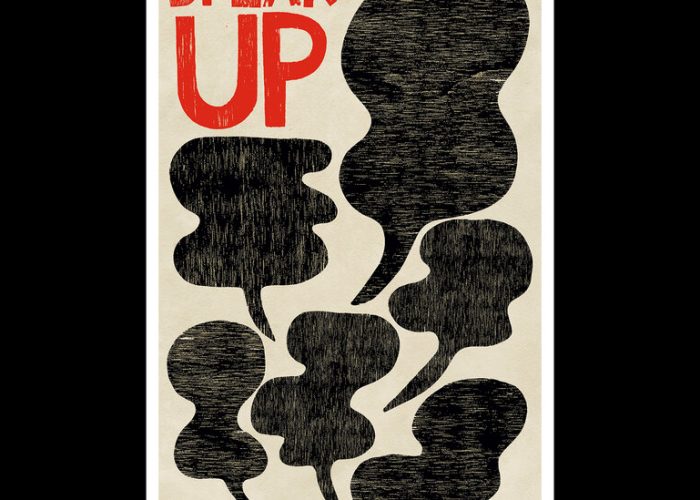In fact, Augusts issue in large part is made up of candid firsthand accounts from kids themselves. Within, a 14-year-old openly shares the story of a time a classmate called her an anti-Black slur. An 8-year-old relives her first experience at a Black Lives Matter march. A 16-year-old discusses the generational trauma inflicted upon Indigenous peoples in Canada and the United States. These kids and teens boldly drive the conversation, sharing their experiences with race and racism.
Alongside them, adult reporters define concepts like microaggression and colorism that might be new to the sections young readers (and, in some cases, their parents). Times reporters and contributors explain current issues in an attempt to create an atmosphere of empowerment through knowledge.
Its just giving them tools to have those conversations on their own without us, because theyre already talking about it, theyre already thinking about it, Lovia Gyarkye, an editor for the Kids section, said. I think they dont need us to explain or talk to them about race; what they need is a platform to be listened to.
To give children a springboard for dialogue, the editors also hosted a virtual round-table discussion about race with five children of different backgrounds, ages 9 to 14. Moderated by Jason Reynolds, the author of Stamped: Racism, Antiracism, and You, the group did not avoid difficult topics. Their conversation, included in the section, touched on how race made them feel, their own experiences with racism and what they perceive adults roles to be in this type of dialogue.
We talk constantly about how to take kids seriously, Ms. Williams said. This race package is letting kids guide the conversation. We, as adults, for The New York Times for Kids, should be thinking about how to include as many kids voices as possible.read more
Talking About Racism With The Times’s Youngest Readers


